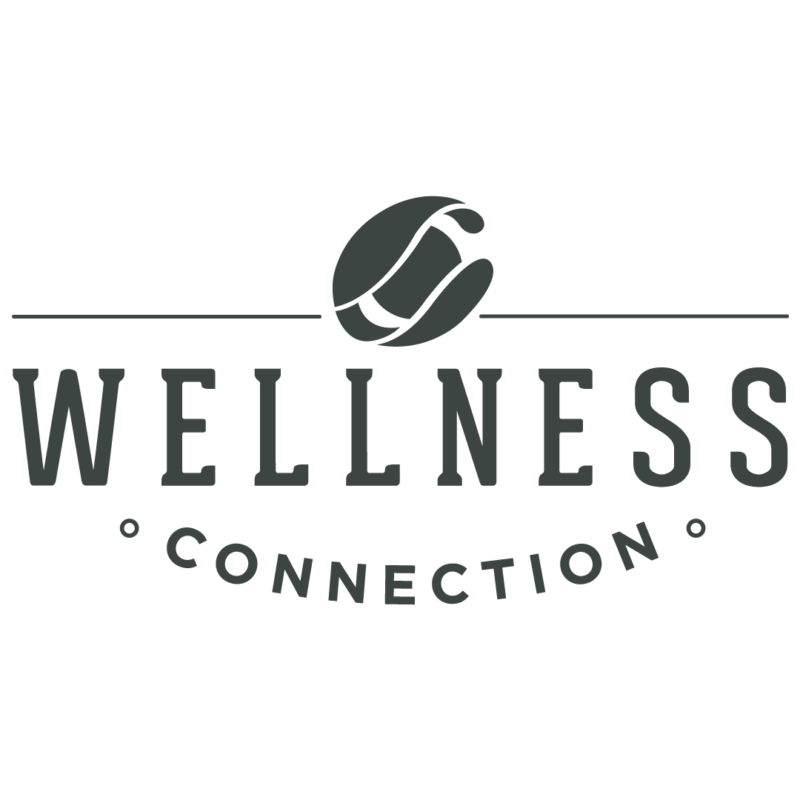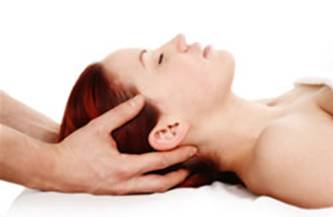– Myofascial Release
Releasing tension in the fascia using bodywork, improving muscle function and improving balance in the musculoskeletal system. The fascia is the elastic semifluid membrane that surrounds every muscle, bone, blood vessel, nerve, and organ.
– Various Soft Tissue Techniques
Techniques to relax and release restrictions in the soft tissues of the body.
– Cranial Manipulation
Light and gentle cranial techniques used to treat conditions such as headaches, stroke, spinal cord injury, and temporomandibular joint syndrome. There is promising research that points to this treatment’s effectiveness in young children looking for relief from hyper-activity, mood disorders, dizziness, or dyslexia.








